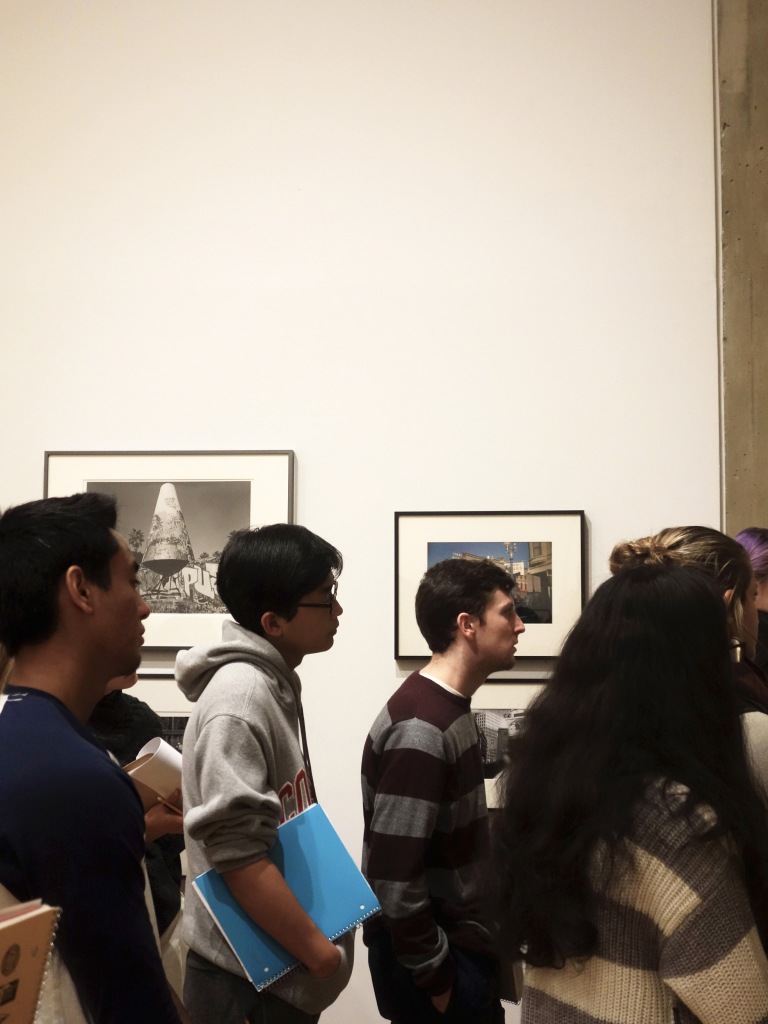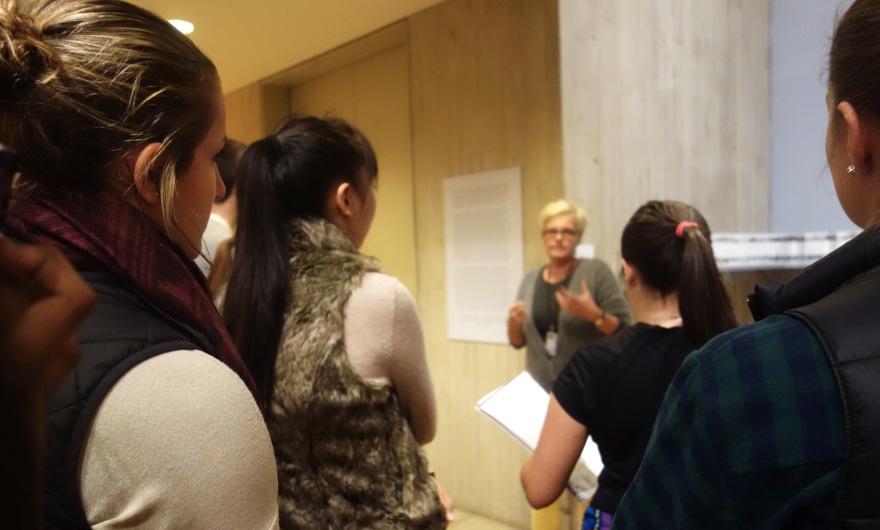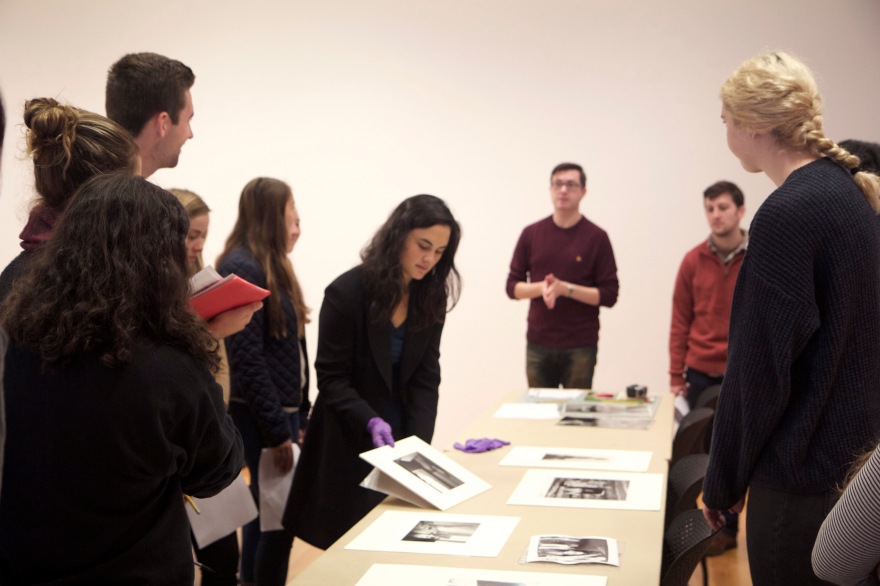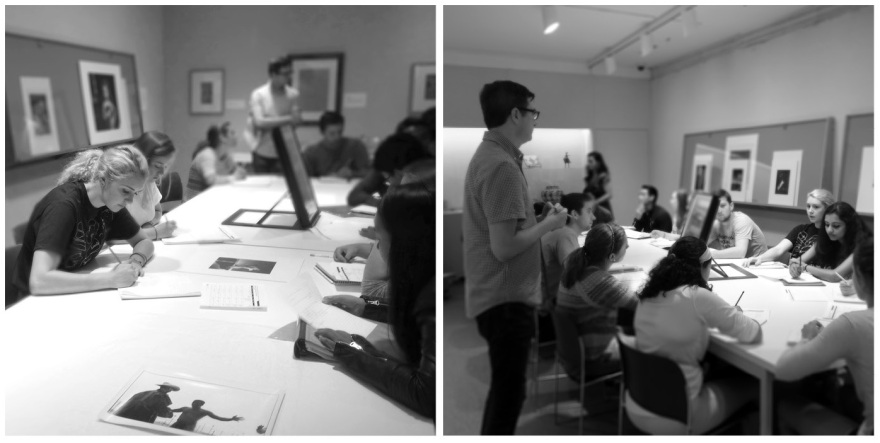Just as written works are looked at for facts and information, media works are also used to inspect a specific moment in time. With that in mind, documentary photography can be considered an interpretation of reality. However, as any form of visual art, photography involves the representation of moment through the stylistic choices and decisions made by the photographer. With the perspectives of photography as an art form and a form of interpreting reality, can we really consider photographs as factual documents?
The concept of photo documentation began shortly after photographs became prevalent in America. Unlike photography today, images were harder to print and distribute as a mass production. Photographers had to use print methods such as lithography and engraving in order to produce images in a less expensive way. As photography became more popular, the idea of using the images as a form of documentation developed.
So what is considered a documentation? To begin with, the photographers who were initially considered as photo documenters had specific characteristics in their work. As James Curtis explains, “Documentary photographers were mere recorders, skilled technicians to be sure, but passive observers of the social scene and definitely not artists” (Curtis 2). The photographers that succeeded the most, including figures such as Dorothea Lange, worked to fulfill the desires of their audiences by communicating societal views in their images. Photographers did this by finding and creating public scenes that expressed their views in order to capture and distribute images.
Lewis Hine, One Arm and Four Children, 1910
The above image, documented by Lewis Hine, depicts the issue of families who were “victimized” as a result of one parent being injured in an industrial accident. Hine wanted to highlight an issue that he viewed as a major concern at the time. This image exemplifies the idea of a photographer imposing his or her views into a documented photo.
The debate over whether photography can be considered documentation of reality is heightened by the photographer’s views that are present within each photo. It is difficult to determine whether an image is factual or not because the purpose of an image is subject to each photographer and each photo. An image can be used for political activism, to encourage the public to donate or support a particular organization, or to be sold for the means of actual profit. The intention of an image, including the evidence it yields, is an important to consider when determining the truthfulness of a photo that claims to document reality. Photographer Sean Sprague believes that photographers can, in a sense, provide a more accurate documentation of a moment through photography. Sprague believes that, “By spending several hours shooting a scene and merging elements from each into a single frame, I can create, in some way, a truer depiction of that space because I’m not capturing an outlier moment” (Roch 1). As Sprague argues, it is the mindset of the photographer that determines how a scene will be portrayed and for what purpose it is being documented for.
It is not clear whether documentary photography can be considered real or not. Based on the idea that different photographers have different intentions for their photos, it is hard to categorize all documentary photographs as either real or fake. However, there is certainly an element of all photography that deals with interpretation of a moment in a way that documents it.
























